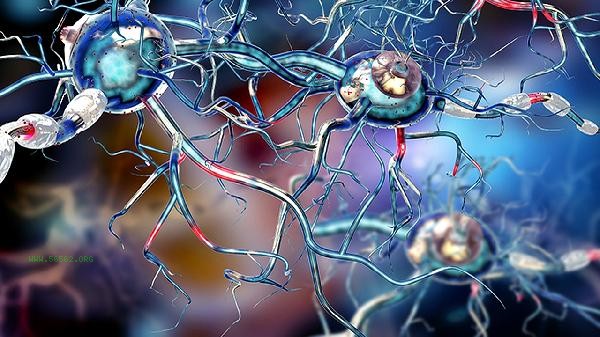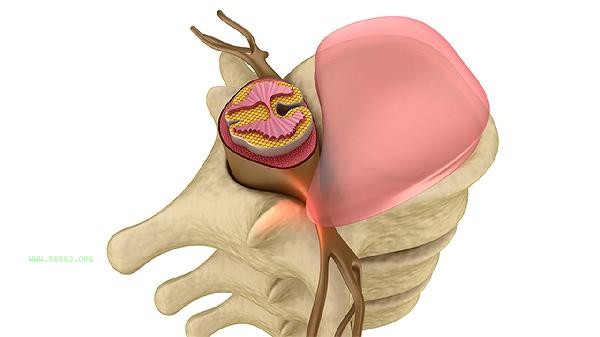After surgery, muscle and nerve injuries can generally be restored, and the degree of recovery depends on the type of injury, timing of treatment intervention, and rehabilitation training. There are mainly conditions such as nerve oscillation, axonal rupture, nerve rupture, compressive injury, iatrogenic injury, etc.

1. Neurooscillation
Neurooscillation is the mildest type of injury, with only temporary conduction dysfunction present. Manifesting as temporary muscle weakness or numbness, it usually recovers on its own within a few days to two weeks after surgery. In the early stage, low-frequency electrical stimulation can be used to promote the recovery of nerve excitability, combined with vitamin B nutrition for nerves. Avoid excessive weight-bearing on the affected limb and maintain moderate passive activity to prevent muscle atrophy.
2. Axon rupture
When a nerve axon ruptures but the sheath is intact, Wallerian degeneration occurs at the distal end of the injury, while the proximal axon regenerates at a rate of 1 millimeter per day. This type of injury requires a recovery period of 3-6 months, during which drugs such as methylcobalamin and mouse nerve growth factor need to be used to promote repair. During the rehabilitation period, the focus is on neuromuscular electrical stimulation and progressive resistance training to prevent target muscle fibrosis.
3. Complete nerve rupture
requires surgical anastomosis, and the regeneration rate is affected by age and the site of injury. The recovery of peripheral nerves in the fingers takes 3 months, and the sciatic nerve may take more than 1 year. After the operation, the affected limb was fixed to avoid traction, and gangliosides were combined with acupuncture and moxibustion. Muscle function recovery requires continuous biofeedback training and regular electromyography assessments of regeneration progress.

4. For nerve damage caused by improper positioning or hematoma compression during SEP surgery, the source of compression must be immediately relieved. Mild cases may recover within 2-4 weeks, while severe cases may leave permanent damage. During the acute phase, mannitol can be used to reduce nerve edema, and later ultrasound therapy can be used to improve microcirculation. Pay special attention to the functional monitoring of easily compressed areas such as the ulnar nerve and common peroneal nerve.
5. Iatrogenic injury
Surgical instrument accidental injury or thermal injury may cause damage to nerve structures. The recovery of such injuries varies greatly, and some cases require secondary surgical exploration. Early use of glucocorticoids to control inflammatory response, combined with hyperbaric oxygen therapy in the later stage. Permanent injury requires consideration of functional reconstruction surgery such as tendon transposition. During the recovery period of postoperative nerve injury, a balanced diet should be maintained, with a focus on supplementing high-quality protein, vitamin B12, and Omega-3 fatty acids. Moderately engage in low impact exercises such as water sports or yoga to avoid muscle contraction. Regularly review electromyography to assess recovery progress, and consult a doctor for the use of neuropathic pain medications such as Pregabalin when pain is significant. Psychological support is particularly important for long-term recovery, and joining a patient support group can help maintain a positive attitude. Use braces to maintain a relaxed position during sleep, and pay attention to keeping the affected limb warm to promote blood circulation in daily life.









Comments (0)
Leave a Comment
No comments yet
Be the first to share your thoughts!